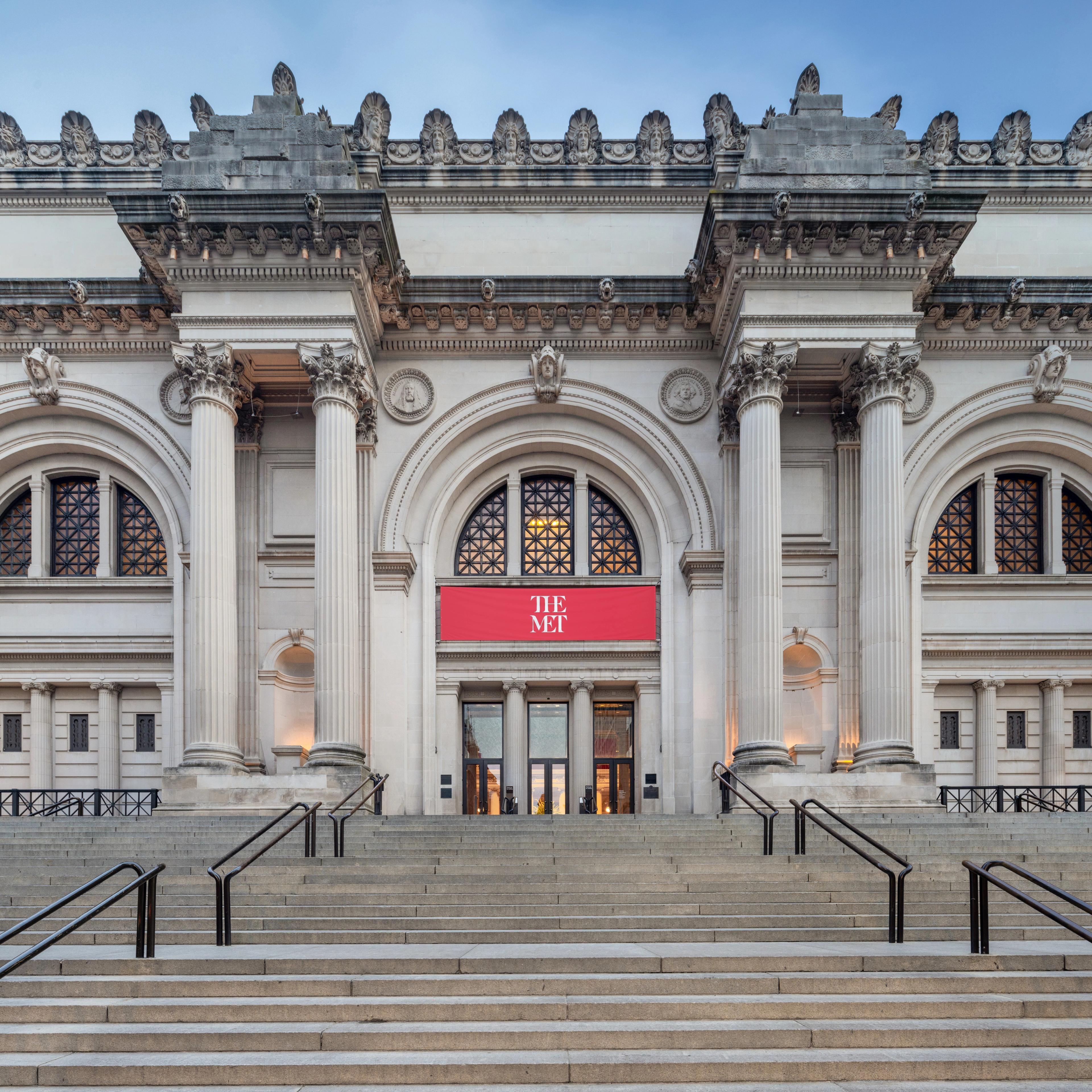Designing Tomorrow's Met
Founded in 1870 with a bold vision, but without a collection or building, The Met has transformed over the years to house extraordinary works of art. We have expanded and reconfigured our galleries in countless ways: facades have become interior walls and new exhibition spaces have been built to accommodate everything from enamel teapots to an entire Egyptian temple.
Now, our two-million-square-foot Fifth Avenue location stands at the threshold of an essential transformation. We are partnering with leading architects to usher the Museum into the future by renovating one quarter of our galleries and public spaces over the coming years. These superb new spaces will highlight the collection and tell new stories through art, while improving visitor experience, infrastructure, and sustainability.
The Michael C. Rockefeller Wing
Opened May 2025
When The Michael C. Rockefeller Wing opened in 1982, its presentation of the arts of sub-Saharan Africa, the ancient Americas, and Oceania set a new standard for the display of non-Western art. In 2025 The Met is reintroducing these three distinct collections in a fully renovated, forty-thousand-square-foot space. Built on the latest research and developed in collaboration with international experts, the in-gallery and digital content foregrounds the artistic legacies of these vast geographic areas and their many layered histories.
Design Team
WHY Architecture, Design Architect
Beyer Blinder Belle, Executive Architect
Galleries for the Art of Ancient West Asia and Galleries for the Art of Ancient Cyprus
Opening 2027
The Met collections from ancient West Asia and the island of Cyprus represent more than ten thousand years of art and include works from some of the world’s earliest cultures. West Asia is a vast region that extends from the eastern Mediterranean coast to Central Asia, and is represented at The Met by a collection focused on ancient Iraq and Iran. The West Asia and Cyprus galleries will illustrate not only beauty and craftmanship, but also profound interconnections across a diversity of cultures and religions.
Design Team
NADAAA, Design Architect
Moody Nolan, Executive Architect
The Met’s galleries for Ancient West Asian Art and Cyprus have temporarily closed in preparation for the new renovation project which will reenvision the collection for a new generation of visitors.
A New Wing for the Art of Our Time
Opening 2030
The Met is home to one of the world’s greatest collections of twentieth- and twenty-first-century art. The Tang Wing, The Met’s new space for international modern and contemporary art, will display works by globally renowned artists across diverse media—including paintings, sculptures, works on paper, photographs, textiles, and time-based media.
Design Team
Frida Escobedo Studio, Design Architect
Beyer Blinder Belle, Executive Architect
Nelson Byrd Woltz, Terrace Landscape Architect Central Park Conservancy, Park Landscape Architect
Special Exhibition Gallery and 83rd Street Entrance
Opening 2026–27
One of the most exciting renovations within the interior of The Met will introduce a new special exhibition gallery for The Costume Institute off of the Great Hall and completely reimagined spaces for dining and retail inside a newly reactivated entrance at 83rd Street. A dynamic interior staircase and an additional elevator will provide full accessibility, between the Fifth Avenue Plaza and the Great Hall.
Design Team
Peterson Rich Office, Design Architect
Beyer Blinder Belle, Executive Architect
Updating Our Mechanical Infrastructure for a More Sustainable Future
Completion 2028
If The Met Fifth Avenue were a living creature, the building’s chiller plants would be its lungs. The North Side Chiller Plant is the central mechanical “organ” that keeps The Met’s spaces at a stable humidity and temperature every day, year-round.
A vital renovation is underway to upgrade equipment and relocate the North Side Chiller Plant away from the threat of flooding. 90 percent of The Met’s overall carbon footprint is driven by general building operations, and this project will reduce electrical energy consumption by half. A more sustainable future ensures that the art we steward will be available for generations of visitors to come.
Design Team
Beyer Blinder Belle, Architect
Kohler Ronan, MEP Engineer
